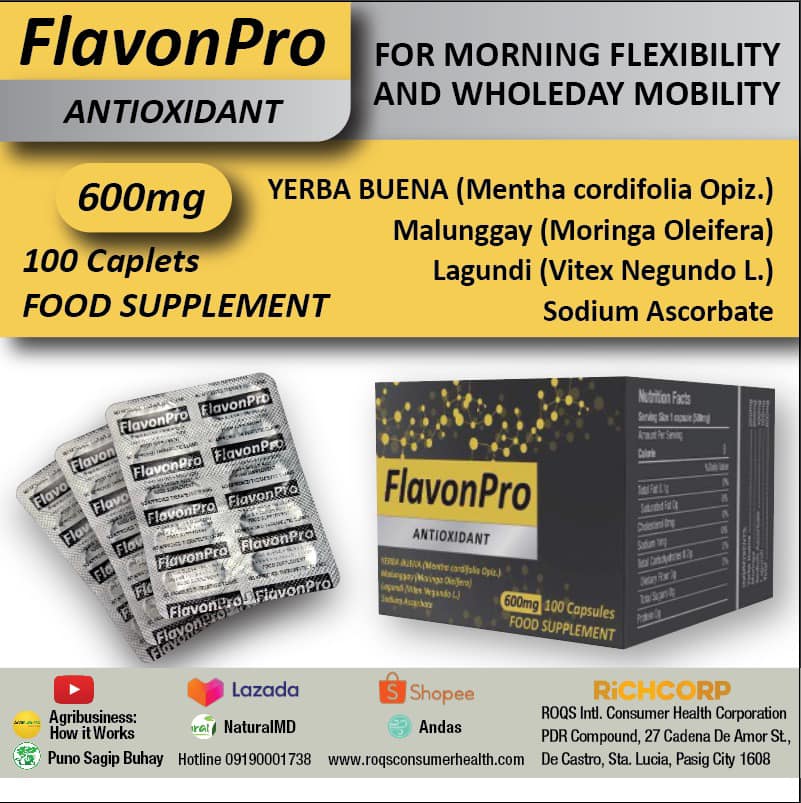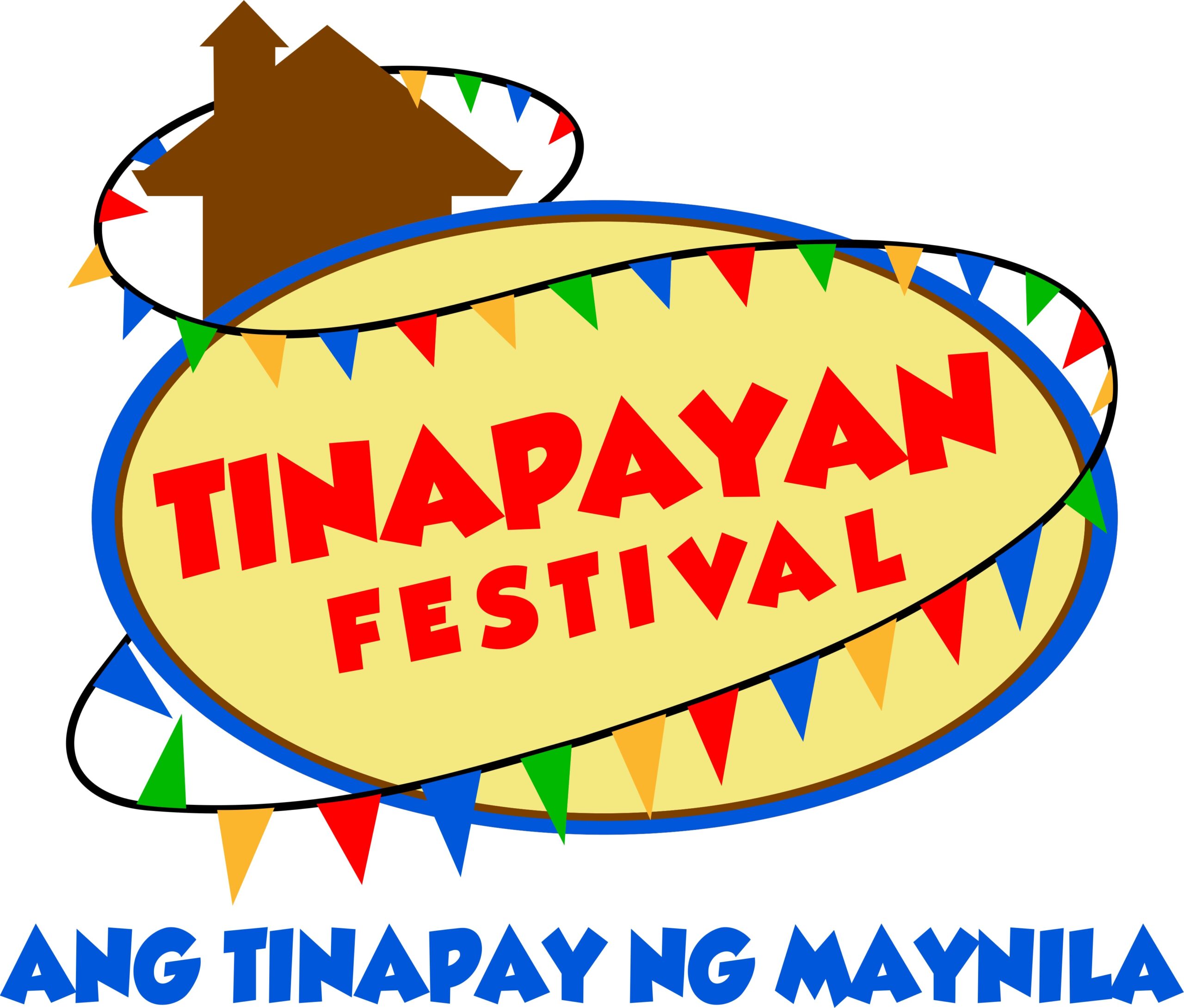The Department of Environment and Natural Resources (DENR) has classified 23 more important water bodies across the country, including three possible sources of drinking water in Romblon province, for purposes of protecting their quality and specific uses.
DENR Secretary Ramon J.P. Paje said this new batch brings to 974 the total number of water classifications completed so far by the department since the enactment of Republic Act (RA) No. 9275 or the Philippine Clean Water Act of 2004.
“The purpose of water classification is to set goals for water quality and promote management of water bodies, especially those identified as possible drinking water sources,” the environment chief, noting that the classifications are embodied in DENR Memorandum Circular 2015-01 that he issued.
He added: “In order for these water resources to supply us with abundant clean water for the foreseeable future, they need to be protected and managed with care.”
As a requirement in RA 9275, the DENR has instituted a classification system that establishes water quality classes and the associated quality standards, and identifies the administrative processes and requirements related to the classification of water.
The classification standards establish designated uses, related characteristic of those uses, and criteria necessary to protect the uses, and establish specific conditions for certain activities such as the discharge of wastewater.
Paje said the management of water resources “strikes at the core of sustainability of our natural resources, which is why, perhaps, it is the most widely recognized symbol for sustainability.”
“Classifying water bodies is a must, so that the next generations will equally enjoy their full potential,” he added.
Fresh surface waters – which include lakes, rivers and reservoirs – are classified as “AA,” “A,” “B,” “C,” and “D,” while coastal and marine waters are classified as “SA,” “SB,” “SC,” and “SD.”
Under the latest DENR circular, the waters of Binayaan, Cabitangahan and Talaba Rivers in Romblon were classified as “Class A,” or Public Water Supply Class II suitable as sources of water supply, requiring complete treatment like coagulation, sedimentation, filtration and disinfection, in order to meet the country’s National Standards for Drinking Water (NSDW).
Categorized as “Class B,” or those safe for primary contact recreation or tourism purposes like bathing, swimming and skin diving, are the upstream portion to Binahan Bridge of Locohin River in Pagbilao, Quezon; from Station 3 to upstream portion of Matina River in Davao del Sur; and the upstream to midstream portions of Pangi River in Maitum, Saranggani.
Fourteen water bodies were classified as “Class C,” namely: the Pasa and Rugao Rivers in Ilagan; the Sapang Alat and Sto. Cristo Rivers in Bulacan; Tambak River and the stretch of Locohin River from its mouth to Binahan Bridge in Pagbilao , Quezon; Malbasag and Natubgan Rivers in Ormoc, Leyte; from Station 3 to the mouth of Matina River in Davao del Sur.
Tagum and Libuganon Rivers in Davao del Norte; the upstream to downstream portions of Altayan River in Tampakan, South Cotabato; downstream portion of Pangi River; the upstream to downstream portions of Toplan River traversing Tampakan town and Koronadal City in South Cotabato; and the Carrascal river in Carrascal, Surigao del Sur.
Class C water bodies are those that are “safe for propagation of fish, recreation and post-treatment manufacturing processes” while “Class D” may be sourced for agriculture and irrigation, or for limited use as industrial water supply.”
The DENR also identified water bodies in the Visayas under “Class SA” or those suitable for commercial propagation and harvesting of shellfishes, and cover national marine reserves and coral reef parks.
The coastal waters of San Jose in Antique were categorized into three with Barangay 3, Dalipe and Madraca as “Class SA” or those suitable for commercial propagation and harvesting of shellfishes, and cover national marine reserves and coral reef parks. Its coastal areas covering Barangays 4, San Pedro, Mojon, Magcalon San Fernando, Malaiba , Maybato Norte, Maybato Sur and San Angel were identified as “Class SB” or those suitable for tourism and “Recreational Water Class I” activities where the body is in contact with the water like bathing, swimming and skin diving.
Eight beach resorts off the coastal water of Sipalay in Negros Oriental were categorized as “Class SB.” Four beach resorts and the Bantay Dagat Headquarters in the Hinobaan coastal waters in Negros Oriental were also graded as Class SB with a “Class SC” rating for its “Salvation Wharf.”
Class SC refers to waters covering marshy or mangrove areas declared as fish and wildlife sanctuaries, including water that can be used for “non-contact” activities identified as “Recreational Water Class II” like boating and bird watching.
The Toleda-Balamban Coastal Waters in Cebu were broken into Class SA (beyond 3 kilometers from the shoreline in Toledo City), Class SB (shoreline spanning across up to 3 kms.) and barangays Buanoy and Arpili in Balamban.
Posted By: Lynne Pingoy



